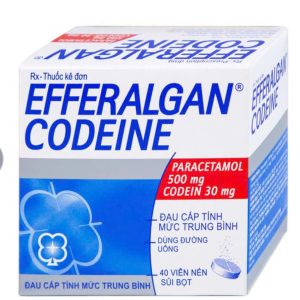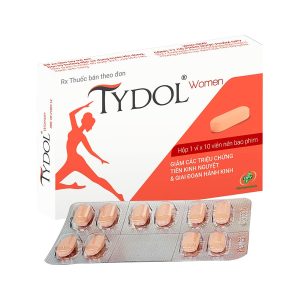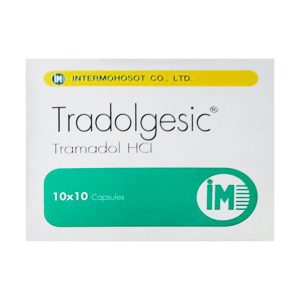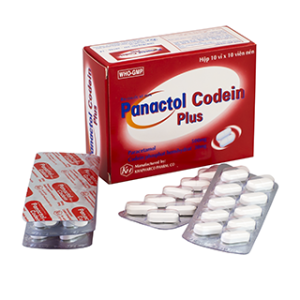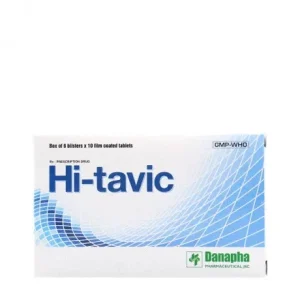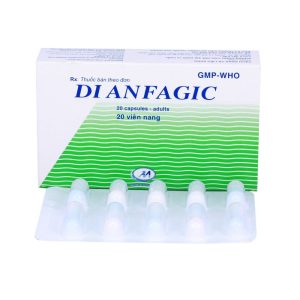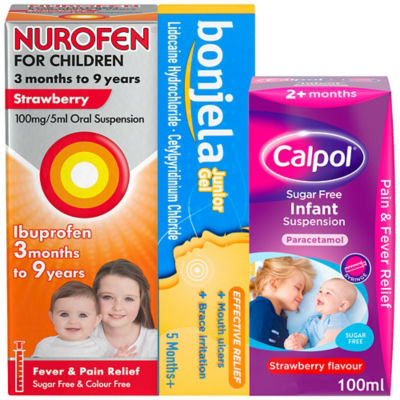We deliver to you every day from 7:00 to 23:00
The best discounts this week
Every week you can find the best discounts here.
Pain Meds for Kids: A Comprehensive Guide for Parents
When your child is in pain, whether from a fever, injury, or growing pains, knowing what pain relief options are safe and effective is crucial. Pain medications for kids are designed to alleviate discomfort and help your child feel better quickly. In this article, we will explore the different types of pain medications available for children, their safety guidelines, and when to consult a healthcare provider.
Understanding Children’s Pain Medications
Children experience pain differently than adults, and their developing bodies require specific types of medication. Pediatric pain relief medications are carefully formulated to ensure they are both safe and effective for younger patients.
There are two primary types of pain medications typically used for children:
-
Acetaminophen (Tylenol)
-
Ibuprofen (Advil, Motrin)
Both are commonly used to reduce fever and relieve pain, but they work differently in the body. It’s important to understand how each medication works and when to use them.
Acetaminophen (Tylenol) for Children
Acetaminophen is often the first choice for treating mild pain or reducing fever in children. It is available in liquid, chewable, and suppository forms. Acetaminophen works by blocking the production of prostaglandins (chemicals in the body that promote inflammation and pain).
When to Use Acetaminophen:
-
For fever reduction (when a child has a temperature above 100.4°F)
-
For mild pain relief, such as headaches or toothaches
-
After vaccinations to reduce discomfort
Safety Tip: Always use the dosing instructions on the bottle and consult a doctor if you’re unsure. Overdosing on acetaminophen can cause severe liver damage.
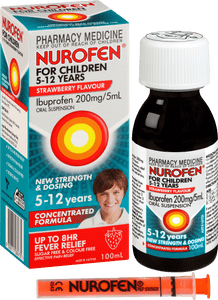
Ibuprofen (Advil) for Children
Ibuprofen is an NSAID (nonsteroidal anti-inflammatory drug) that works by reducing inflammation, pain, and fever. It is available in liquid, chewable, and tablet forms. Ibuprofen is often preferred for conditions involving inflammation, such as sprains, strains, or ear infections.
When to Use Ibuprofen:
-
For moderate pain, such as from injuries or teething
-
To reduce inflammation from conditions like arthritis or muscle aches
-
For fever reduction, especially if acetaminophen is not enough
Safety Tip: Ibuprofen should always be given with food or after meals to prevent stomach irritation. It’s also important not to give ibuprofen to children under six months without a doctor’s advice.
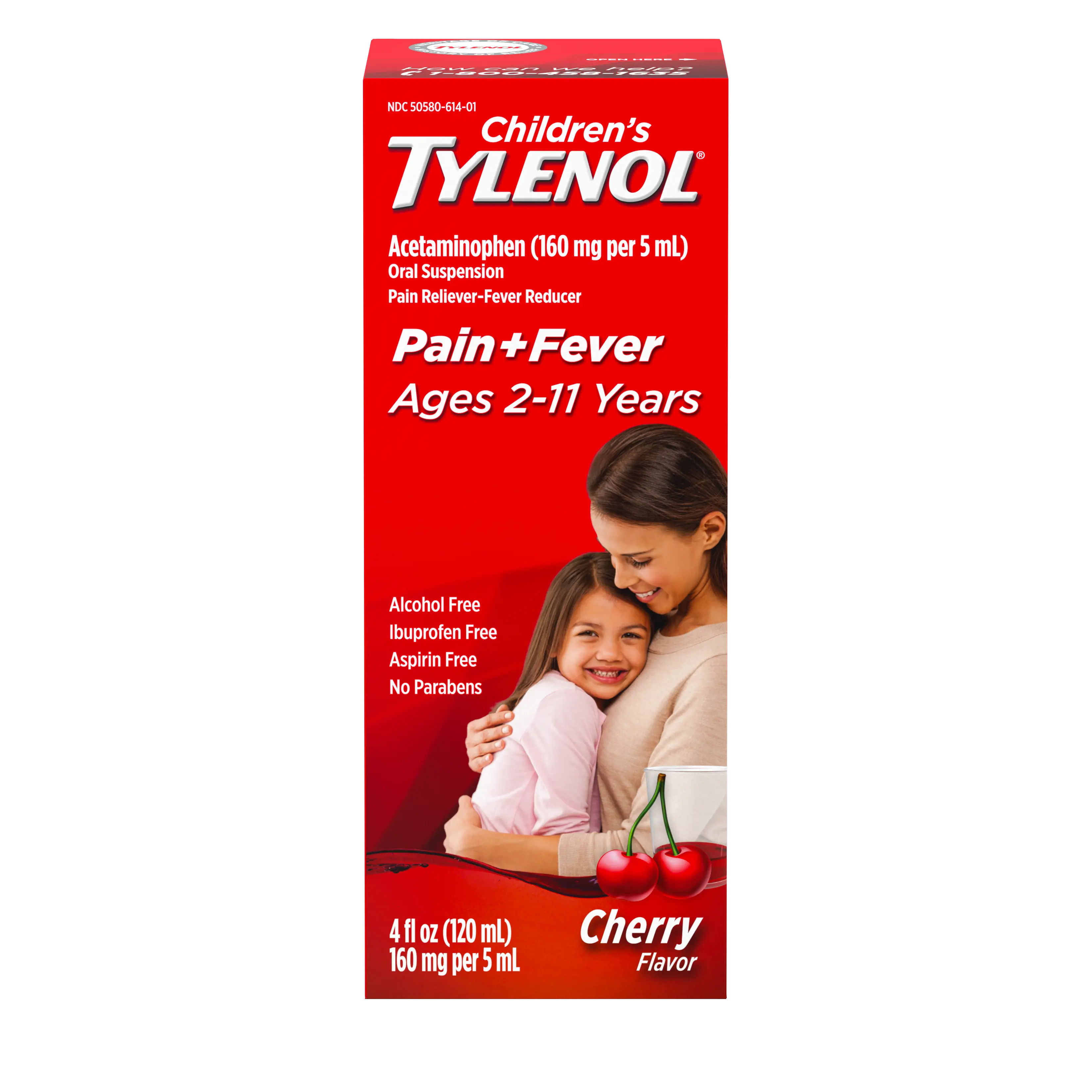
Dosage and Administration for Kids’ Pain Medications
Administering pain relief to children requires careful attention to dosage and timing. Overdosing can lead to dangerous side effects, while underdosing might not relieve the pain adequately.
Key Dosage Guidelines:
-
Acetaminophen: The dosage is based on your child’s weight and age. Check the label for the specific amount to administer. If your child is under two years old, always consult your pediatrician.
-
Ibuprofen: Like acetaminophen, ibuprofen dosage depends on weight and age. It should be administered every 6–8 hours, but never exceed the recommended daily limit.
Note: Always use the correct measuring device (such as a dosing cup or syringe) that comes with the medication to ensure accuracy.
Over-the-Counter vs. Prescription Pain Medications for Kids
In many cases, over-the-counter (OTC) pain medications like acetaminophen and ibuprofen are sufficient to manage your child’s pain. However, there are situations where a doctor may prescribe stronger medications.
When Prescription Pain Medications Are Needed:
-
When over-the-counter medications do not provide adequate pain relief
-
For more severe conditions, such as surgery recovery or chronic conditions
-
If your child experiences side effects or complications with OTC medications
Always consult your healthcare provider if you’re considering prescription pain relief for your child. They will recommend the best course of treatment based on your child’s specific needs.
Natural Pain Relief Options for Children
In addition to medications, there are several natural remedies that can help alleviate your child’s pain. These options can often complement medications or serve as alternative methods of relief.
Natural Pain Relief Methods:
-
Cold or Warm Compress: For injuries or muscle pain, applying a cold compress can reduce swelling, while a warm compress can help relax tight muscles.
-
Massage: Gently massaging the affected area can improve circulation and relieve discomfort.
-
Herbal Remedies: Some herbal treatments, like chamomile or lavender oil, may have soothing properties that can help calm your child.
Note: Always check with a pediatrician before using herbal remedies or alternative therapies for children.
Pain Relief for Specific Conditions in Kids
Pain can occur in different ways depending on the condition. For instance, growing pains, teething, and ear infections can all require specific pain relief treatments.
1. Teething Pain
Teething can cause discomfort in babies and young children. For teething pain, cold objects like a chilled teething ring can be soothing. Pain relievers like acetaminophen can also help.
2. Ear Infections
Ear infections often come with a lot of pain and discomfort. Ibuprofen can reduce pain and inflammation, while a doctor may prescribe antibiotics if the infection is bacterial.
3. Growing Pains
Many children experience growing pains, especially during periods of rapid growth. These pains are usually felt in the legs and can be alleviated with warm compresses and gentle stretching. If the pain is severe or persistent, consult a doctor.
FAQs About Pain Medications for Kids
1. What is the best pain medicine for children?
The best pain medicine for children depends on the type of pain they are experiencing. Acetaminophen is great for mild pain and fever, while ibuprofen is more effective for pain involving inflammation.
2. How often can I give pain medication to my child?
The frequency of pain medication depends on the medication and your child’s age. Acetaminophen can typically be given every 4–6 hours, while ibuprofen can be given every 6–8 hours. Always follow the dosage instructions on the label.
3. Can I alternate between acetaminophen and ibuprofen?
Yes, in some cases, doctors may recommend alternating between acetaminophen and ibuprofen for children. However, this should only be done under the guidance of a healthcare professional.
4. Is it safe to use over-the-counter pain meds for children?
Yes, over-the-counter pain medications like acetaminophen and ibuprofen are generally safe for children when used according to the recommended dosage and guidelines. Always check the label and consult with a healthcare provider if you have concerns.
Conclusion
Choosing the right pain medication for kids involves understanding the specific type of pain your child is experiencing, as well as their age and weight. Over-the-counter medications like acetaminophen and ibuprofen can be effective in managing mild to moderate pain, while stronger medications may be needed for more severe cases. Remember to always follow proper dosing guidelines, and when in doubt, consult your pediatrician for personalized advice and recommendations.


